Code
HCS29984
Weight
200 gm / 0.44 lbs
Size
Height
61cm (24") Width
41cm (16") Material
Cotton Canvas & Natural Color
Availability
Available

Safe Payment
We accept Paypal, Money Transfer, Bank Transfer
Confidence
Protection covers your purchase and personal data.
Worldwide Delivery
We ship Worldwide, except Russia.Shipping cost US$25.2 for upto 0.5 kgs

Hotline
Talk to help line for your question on 9841267335Use of Real Gold
This thangka of Yogini - Name Not Sure, Buddhist Handmade Thangka Painting, [real Gold] has real gold painted on its surface along with other paints. This is an ancient process of decorating the thangka in Tibetan Buddhism, Here gold is ground into gold dust, which is then mixed with other undisclosed material to make it paintable on the canvas. this mixture is then mixed with transparent glue and painted on the thangka. Read More . . .
This thangka of Yogini - Name Not Sure, Buddhist Handmade Thangka Painting, [real Gold] has real gold painted on its surface along with other paints. This is an ancient process of decorating the thangka in Tibetan Buddhism, Here gold is ground into gold dust, which is then mixed with other undisclosed material to make it paintable on the canvas. this mixture is then mixed with transparent glue and painted on the thangka. Read More . . .
Introduction to Thangka
A thangka, also known as tangka, thanka, or tanka, is a vibrant and intricate Tibetan Buddhist painting that serves as a visual representation of spiritual teachings. Crafted with meticulous detail on cotton or silk appliqué, thangkas depict a wide range of subjects including Buddhist deities, sacred scenes, mandalas, and narrative stories. These sacred artworks are traditionally kept unframed and rolled up for storage, resembling ancient scrolls. To protect their delicate nature, thangkas are mounted on textile backings and often adorned with a silk cover on the front. Proper preservation in dry environments is crucial to maintain the integrity and longevity of the silk. Read More . . .
A thangka, also known as tangka, thanka, or tanka, is a vibrant and intricate Tibetan Buddhist painting that serves as a visual representation of spiritual teachings. Crafted with meticulous detail on cotton or silk appliqué, thangkas depict a wide range of subjects including Buddhist deities, sacred scenes, mandalas, and narrative stories. These sacred artworks are traditionally kept unframed and rolled up for storage, resembling ancient scrolls. To protect their delicate nature, thangkas are mounted on textile backings and often adorned with a silk cover on the front. Proper preservation in dry environments is crucial to maintain the integrity and longevity of the silk. Read More . . .
Brief Introduction :
In Buddhist iconography, various deities and symbols are used to represent different aspects of the Buddha's teachings and different stages of the path to enlightenment. While many of these deities are widely recognized across different Buddhist cultures, the names and specific characteristics of some may be unknown or subject to variation. As such, it can be difficult to accurately identify every deity depicted in Buddhist art.
To ensure that your website provides accurate information about the statues and icons you feature, it may be helpful to describe these deities as "unidentified" rather than assigning them incorrect names or characteristics. It is also important to note that different traditions and cultures may have their own interpretations of Buddhist iconography, so it may be valuable to consult with experts in the field or include a disclaimer on your website regarding the potential for variation in identification and interpretation.
To ensure that your website provides accurate information about the statues and icons you feature, it may be helpful to describe these deities as "unidentified" rather than assigning them incorrect names or characteristics. It is also important to note that different traditions and cultures may have their own interpretations of Buddhist iconography, so it may be valuable to consult with experts in the field or include a disclaimer on your website regarding the potential for variation in identification and interpretation.


![Yogini - Name Not Sure, Buddhist Handmade Thangka Painting, [real Gold]](https://handicraftseller.com/uploads/pics/product/thumb/2023/07/29984_1.jpg)
![Yogini - Name Not Sure, Buddhist Handmade Thangka Painting, [real Gold]](https://handicraftseller.com/uploads/pics/product/thumb/2023/07/29984_2.jpg)
![Yogini - Name Not Sure, Buddhist Handmade Thangka Painting, [real Gold]](https://handicraftseller.com/uploads/pics/product/thumb/2023/07/29984_3.jpg)
![Yogini - Name Not Sure, Buddhist Handmade Thangka Painting, [real Gold]](https://handicraftseller.com/uploads/pics/product/thumb/2023/07/29984_4.jpg)
![Yogini - Name Not Sure, Buddhist Handmade Thangka Painting, [real Gold]](https://handicraftseller.com/uploads/pics/product/thumb/2023/07/29984_5.jpg)
![Yogini - Name Not Sure, Buddhist Handmade Thangka Painting, [real Gold]](https://handicraftseller.com/uploads/pics/product/thumb/2023/07/29984.jpg)
![Yogini - Name Not Sure, Buddhist Handmade Thangka Painting, [real Gold]](https://handicraftseller.com/uploads/pics/product/thumb/2023/07/29984_0.jpg)
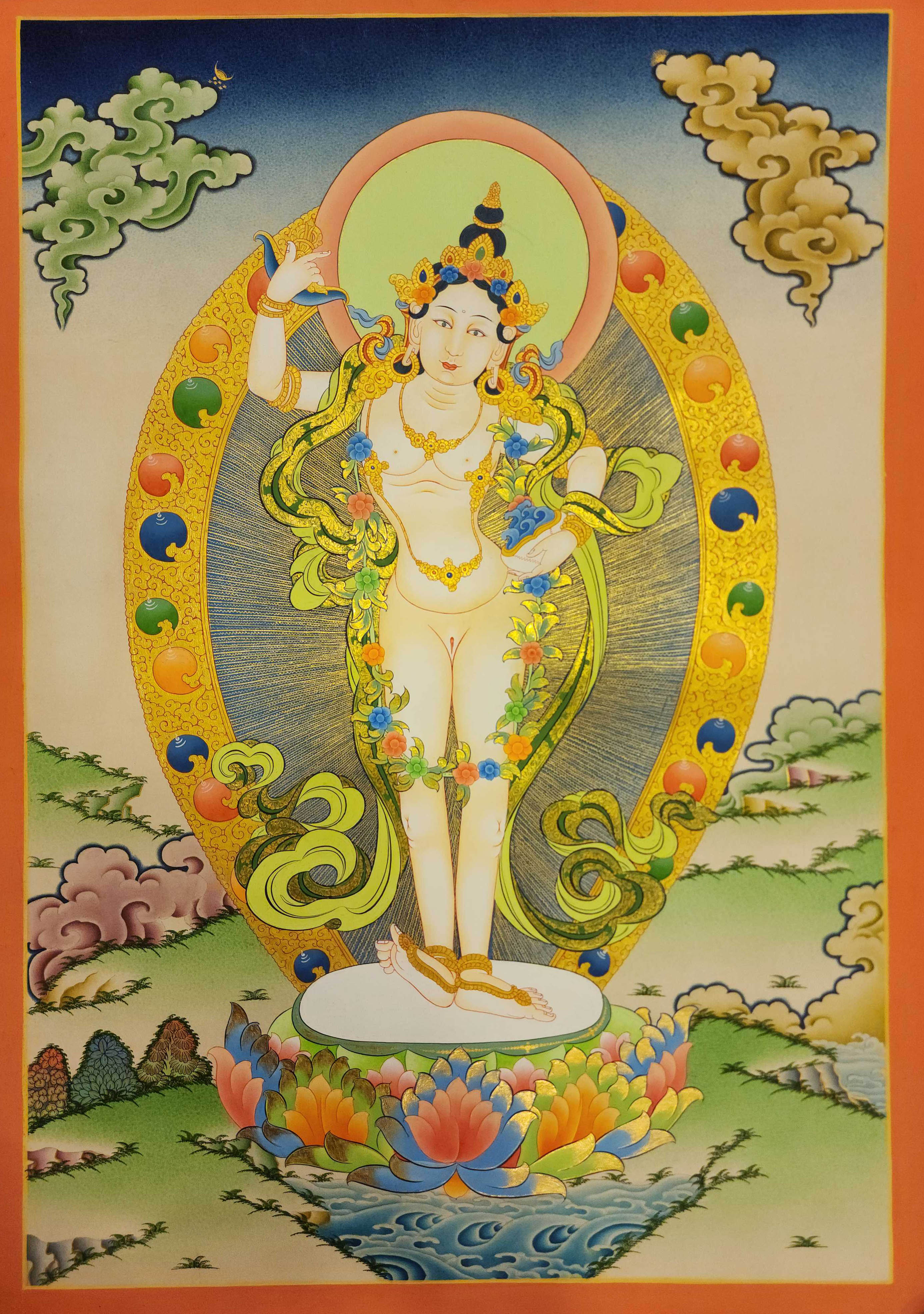









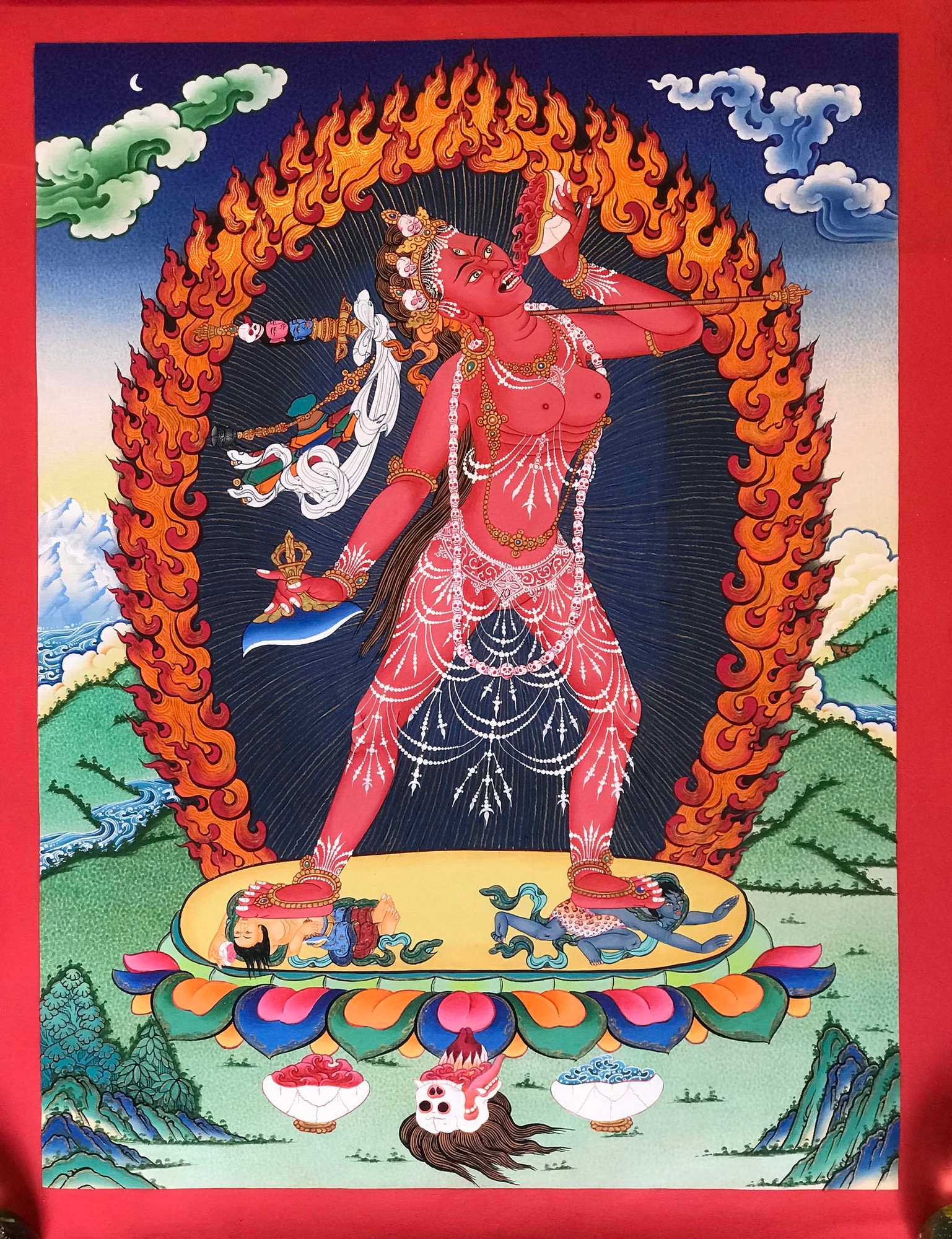 of Vajrayogini
of Vajrayogini 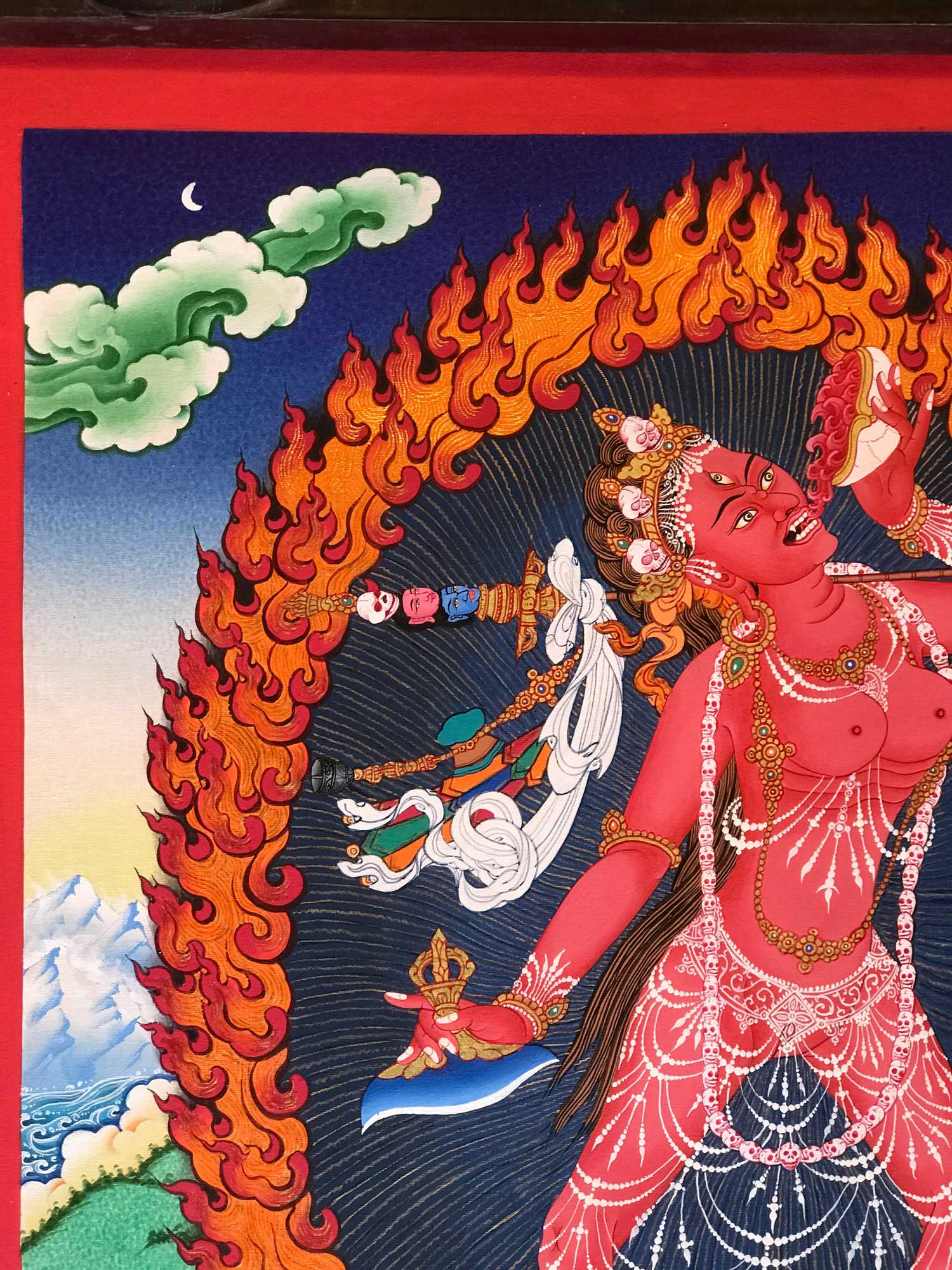 of Vajrayogini
of Vajrayogini 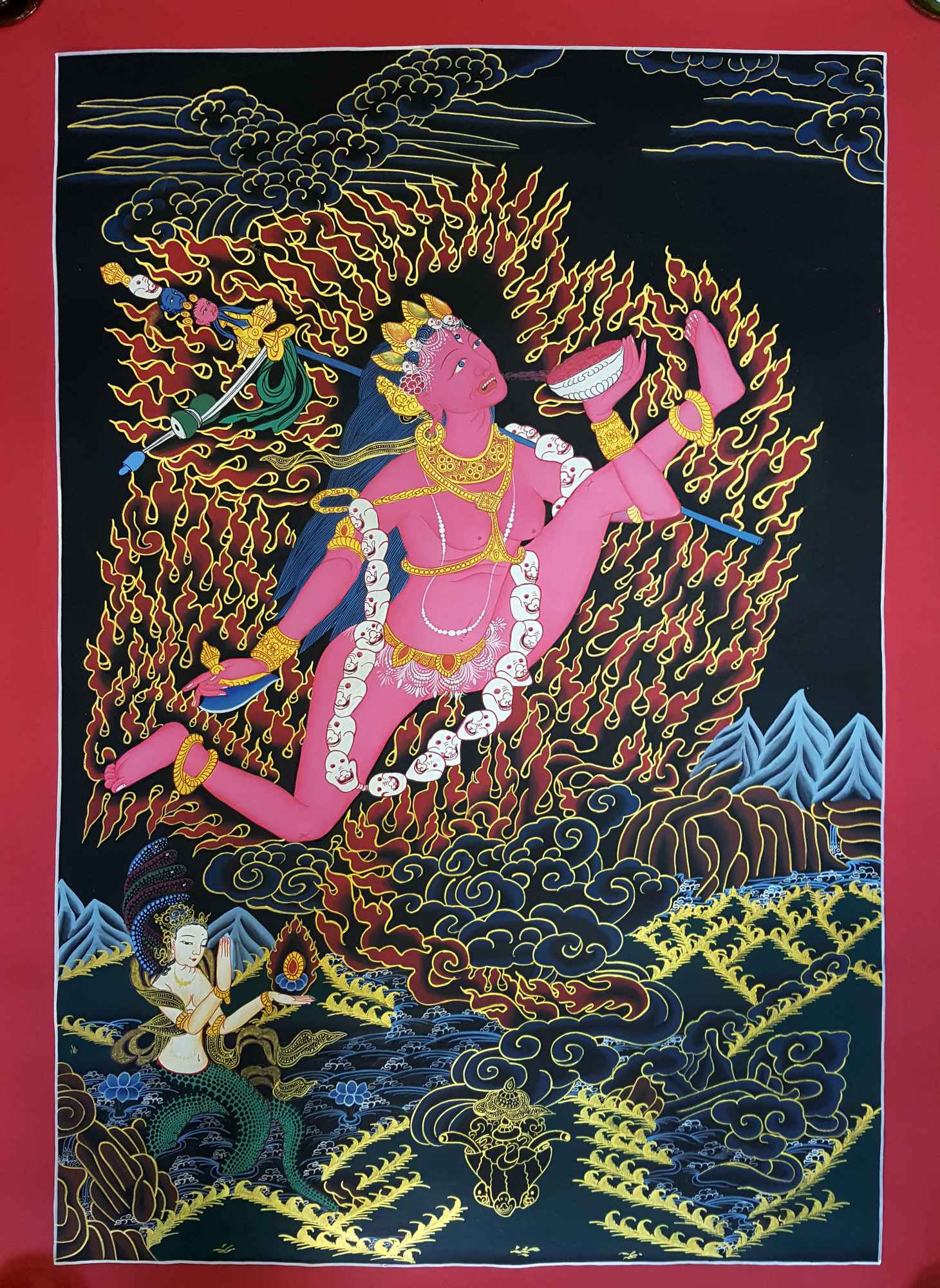 Tibetan Style,
Tibetan Style, 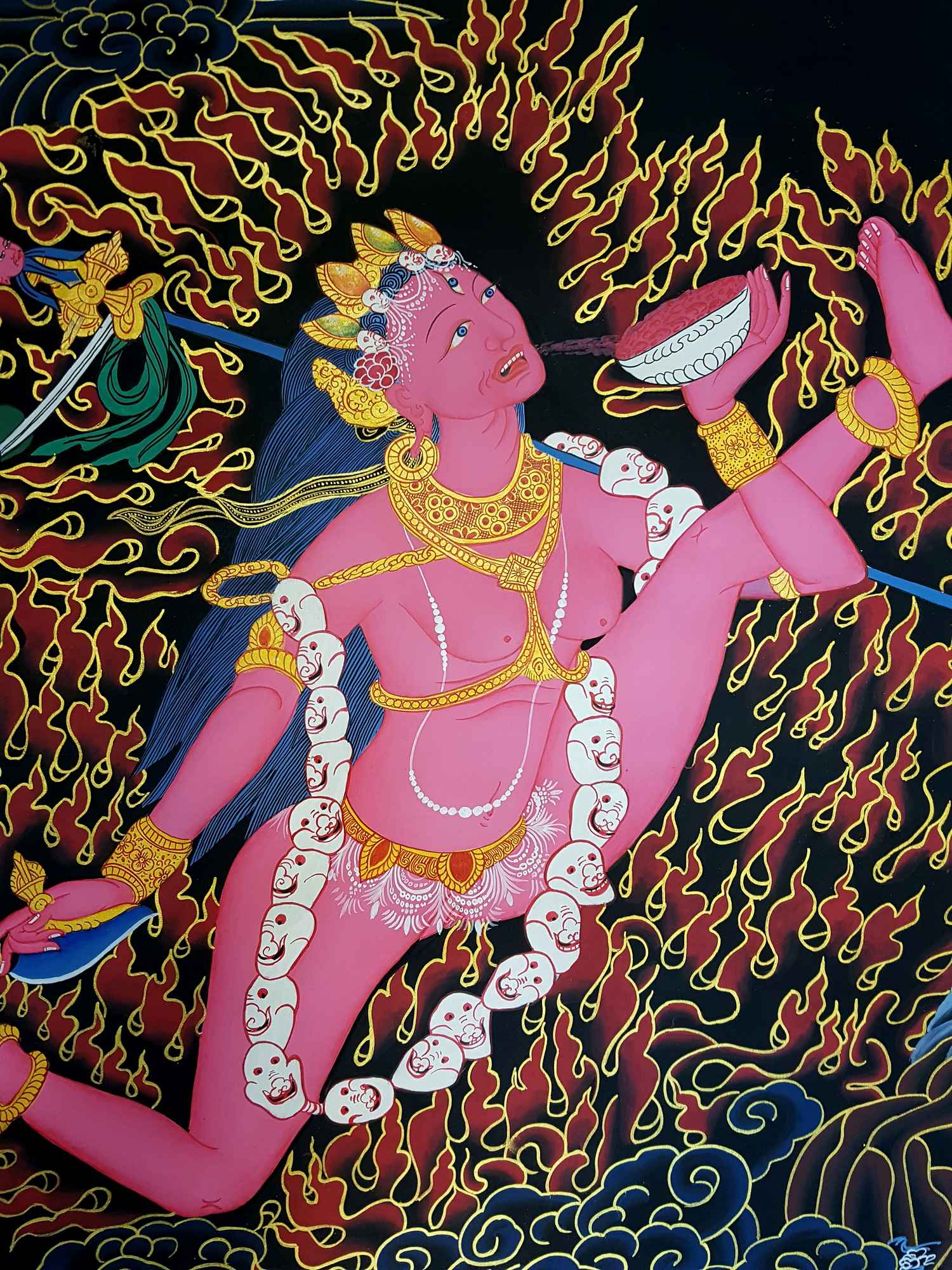 Tibetan Style,
Tibetan Style, 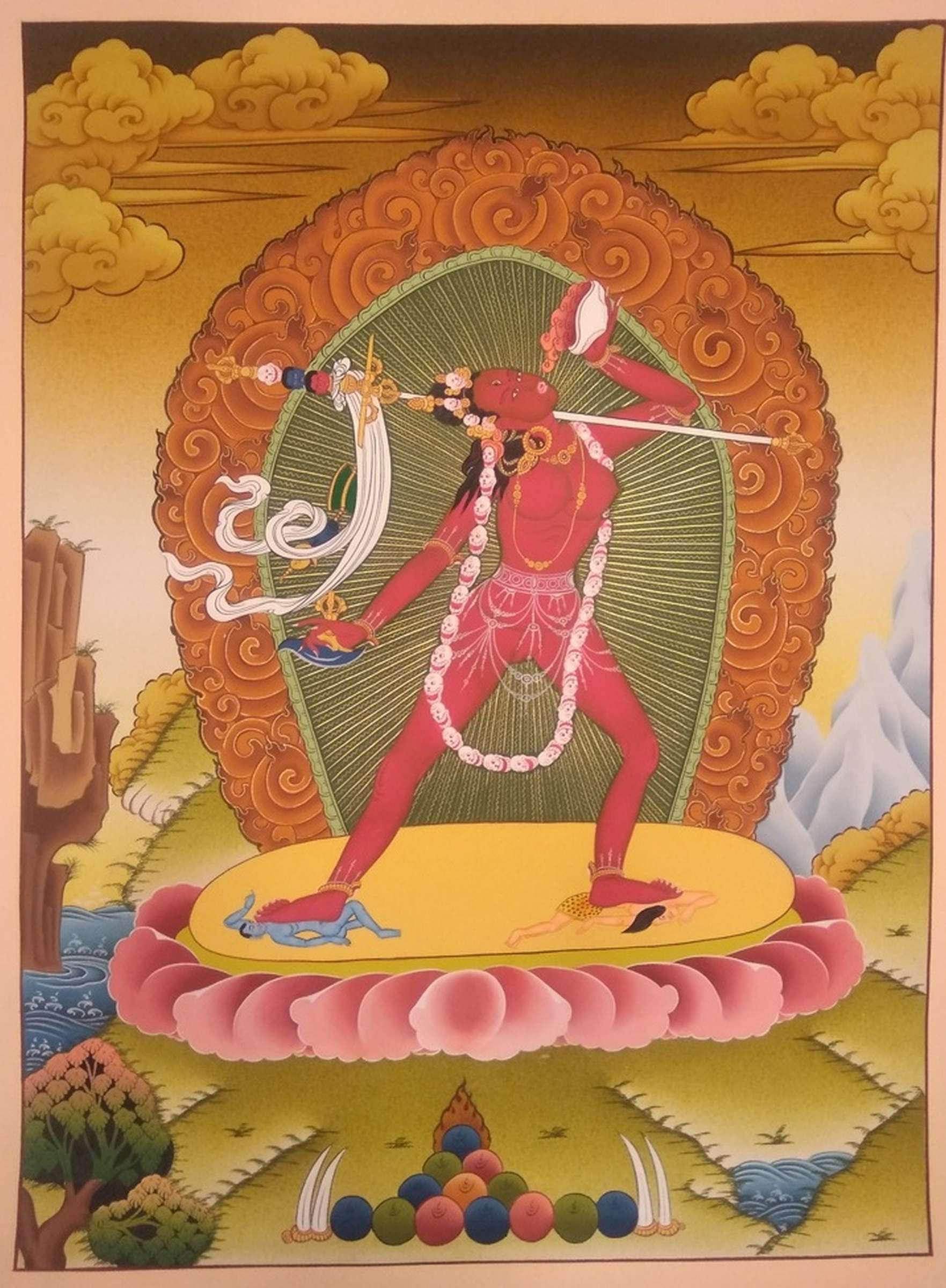 of Vajrayogini
of Vajrayogini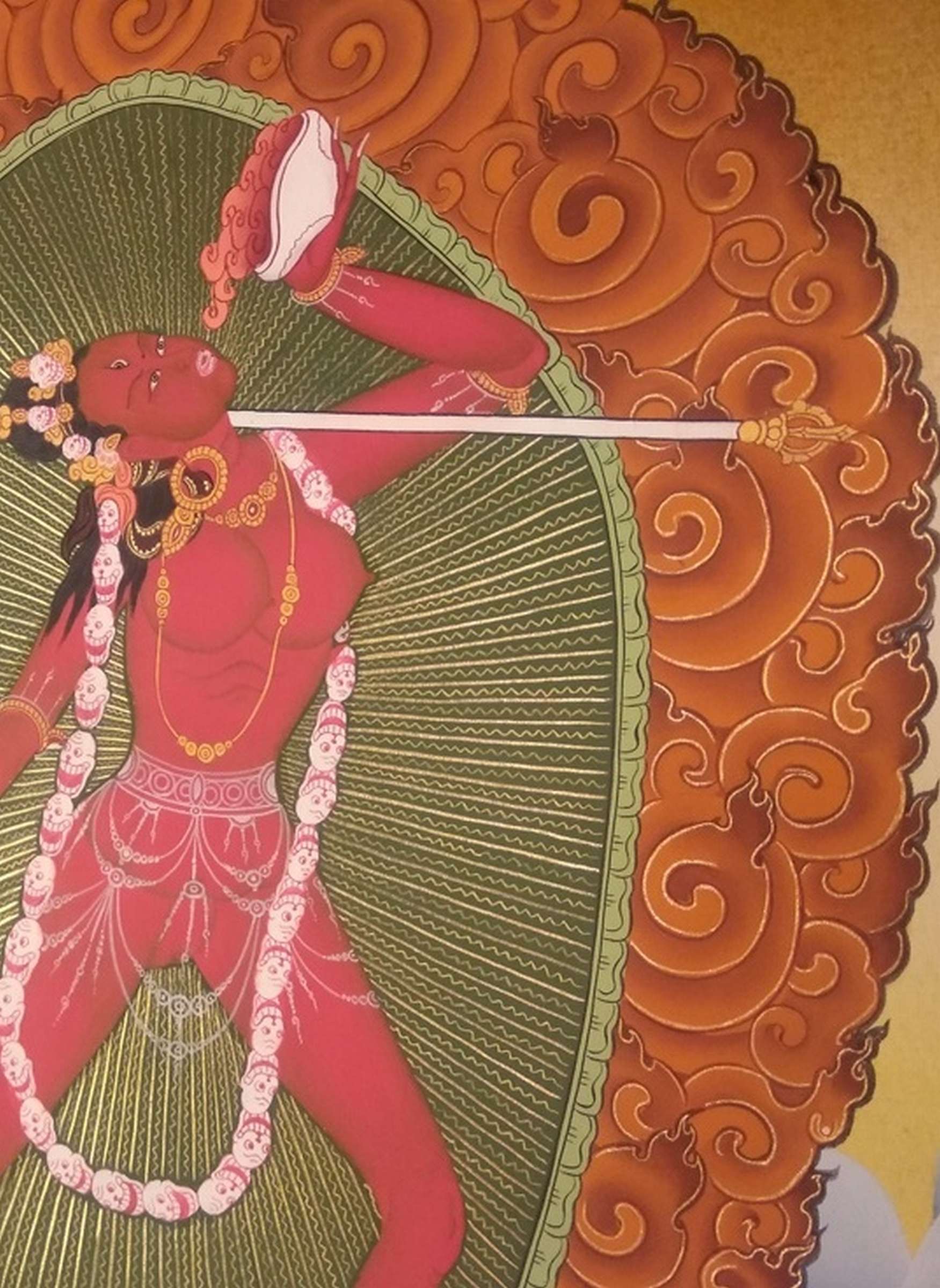 of Vajrayogini
of Vajrayogini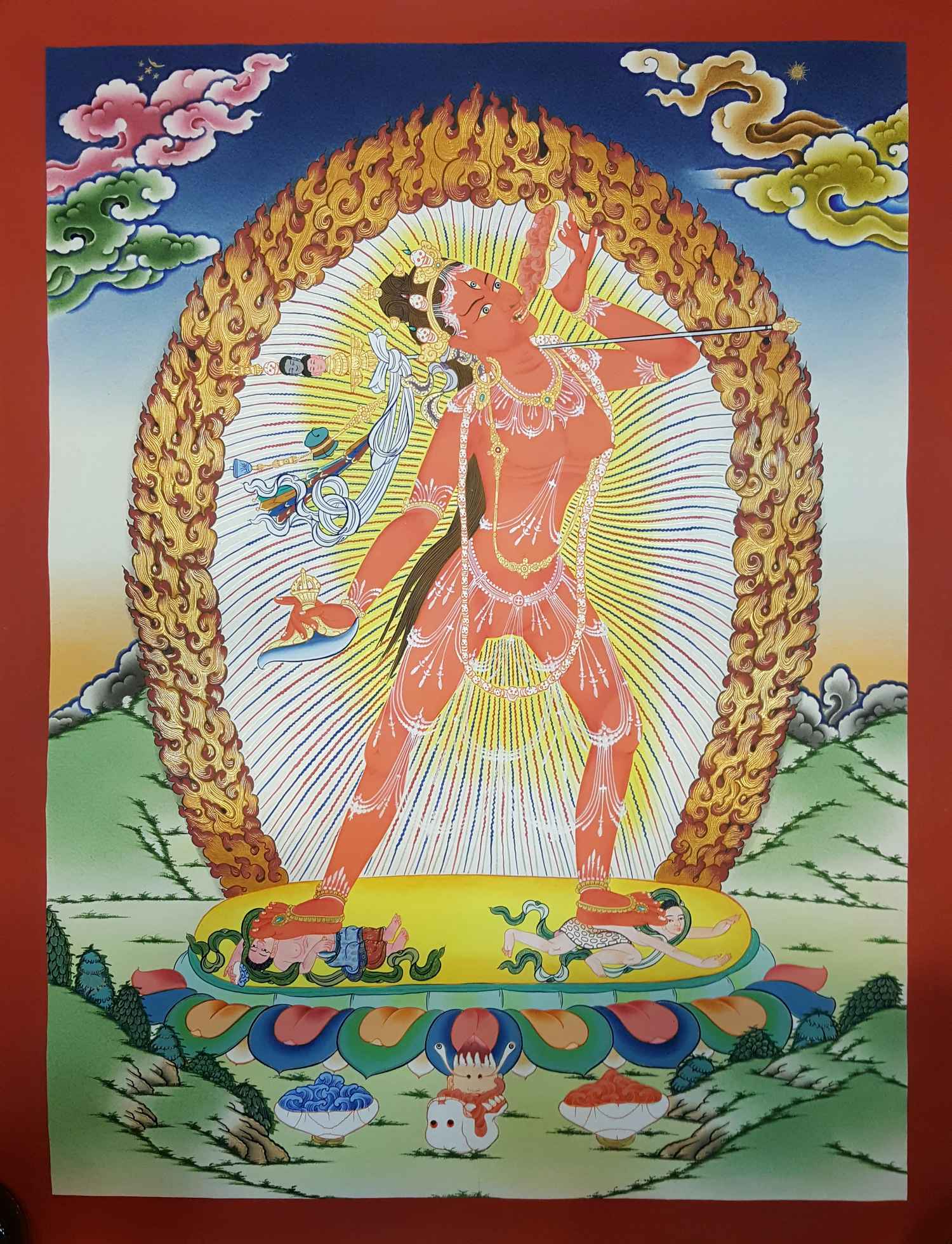 Real Gold" title="Vajra Jogni Hand Painted Tibetan Thangka
Real Gold" title="Vajra Jogni Hand Painted Tibetan Thangka 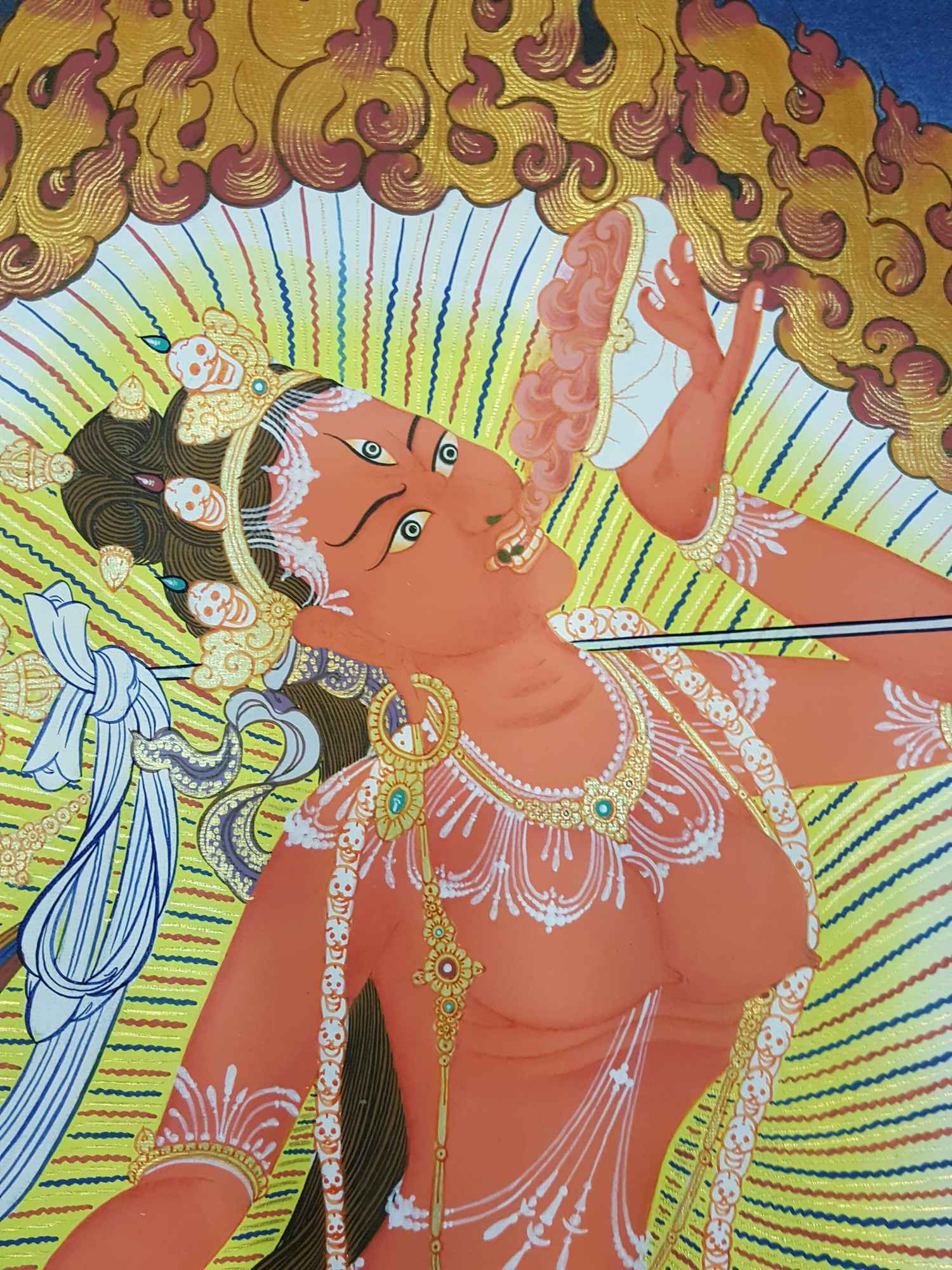 Real Gold" title="Vajra Jogni Hand Painted Tibetan Thangka
Real Gold" title="Vajra Jogni Hand Painted Tibetan Thangka 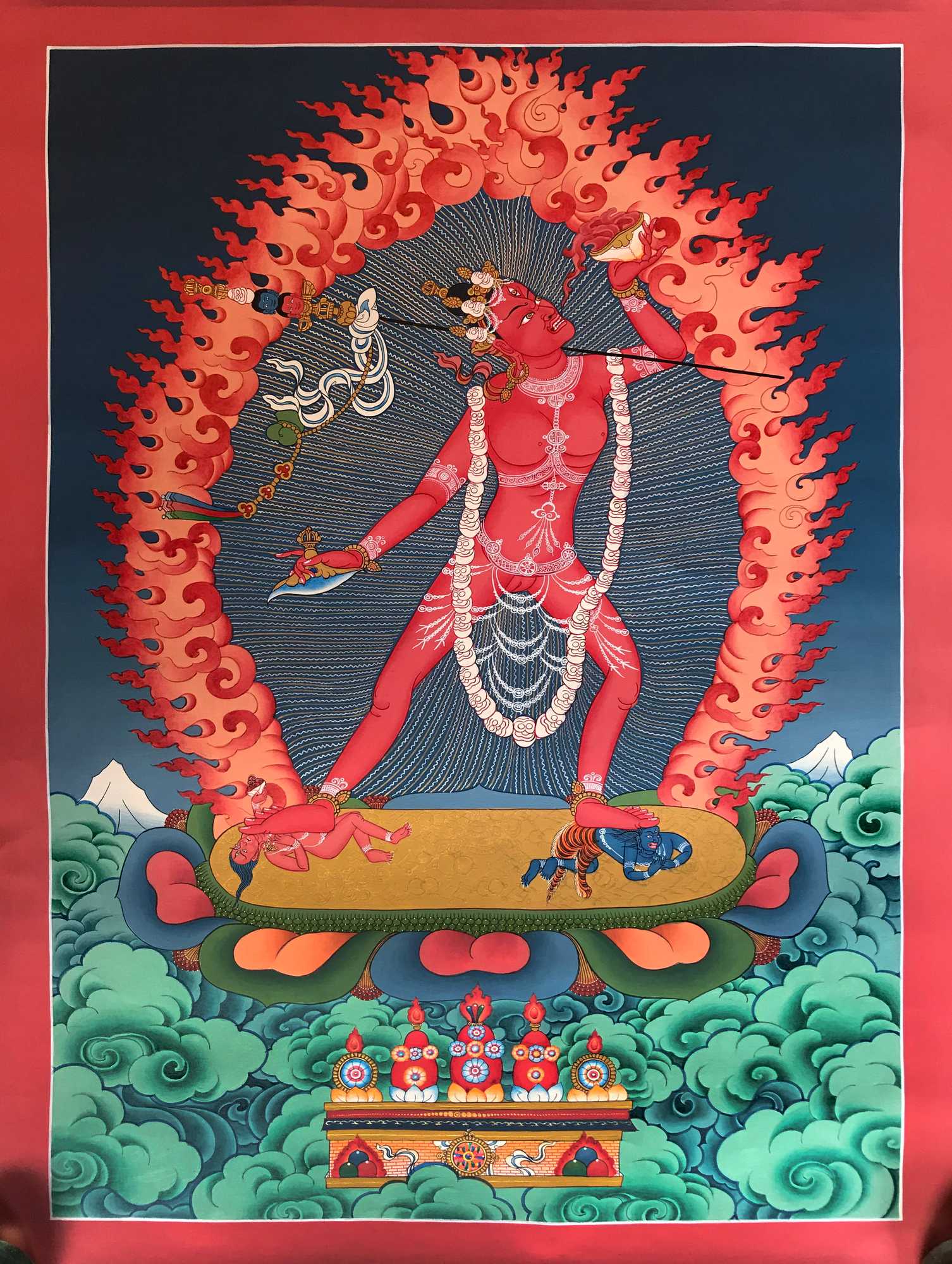 of Vajrayogini,traditional Color,
of Vajrayogini,traditional Color,  of Vajrayogini,traditional Color,
of Vajrayogini,traditional Color, 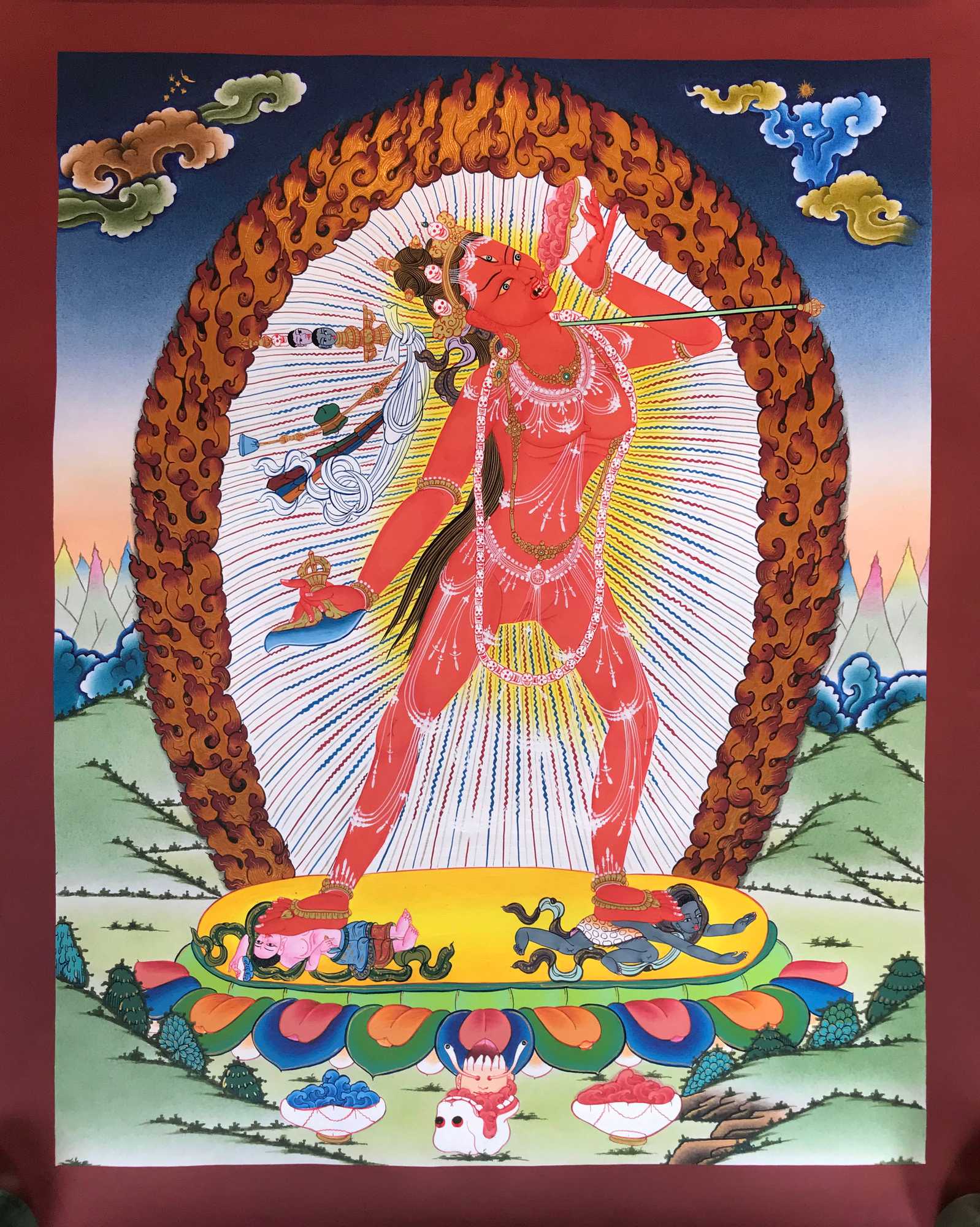 of Vajrayogini,traditional Color,
of Vajrayogini,traditional Color, 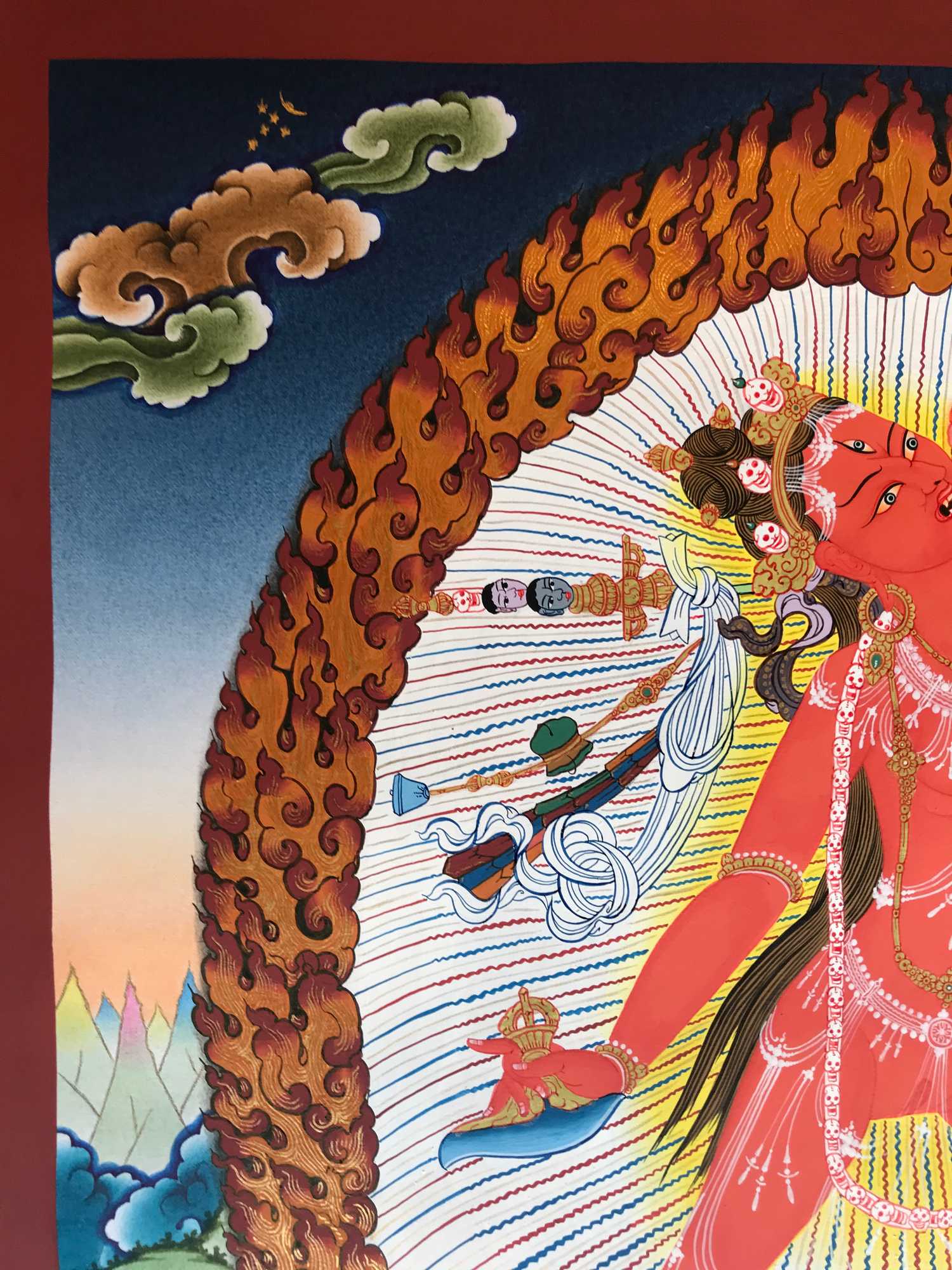 of Vajrayogini,traditional Color,
of Vajrayogini,traditional Color, 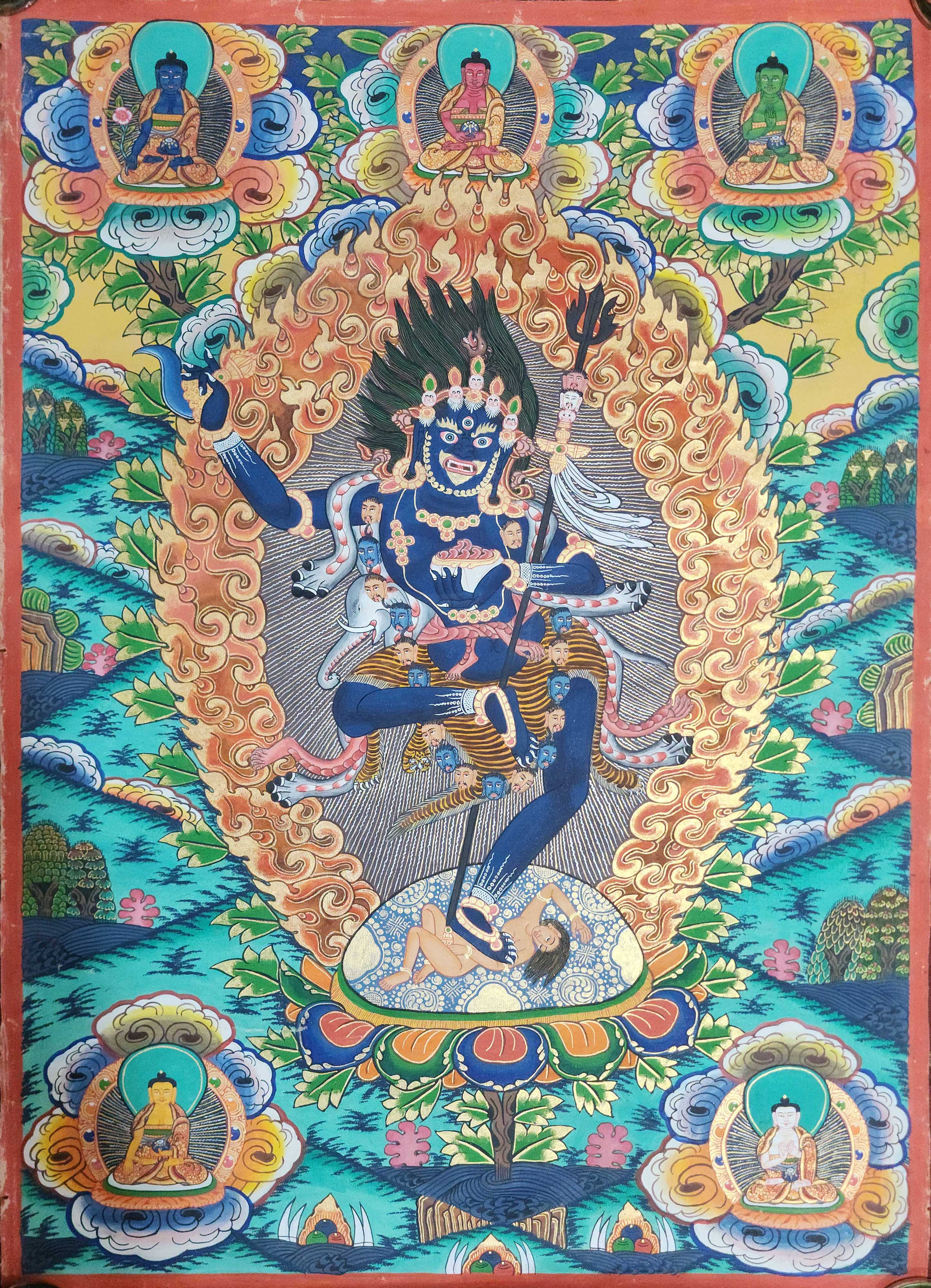 Nairatmya Yogini, Buddhist Traditional Painting, Hand Painted" title="
Nairatmya Yogini, Buddhist Traditional Painting, Hand Painted" title="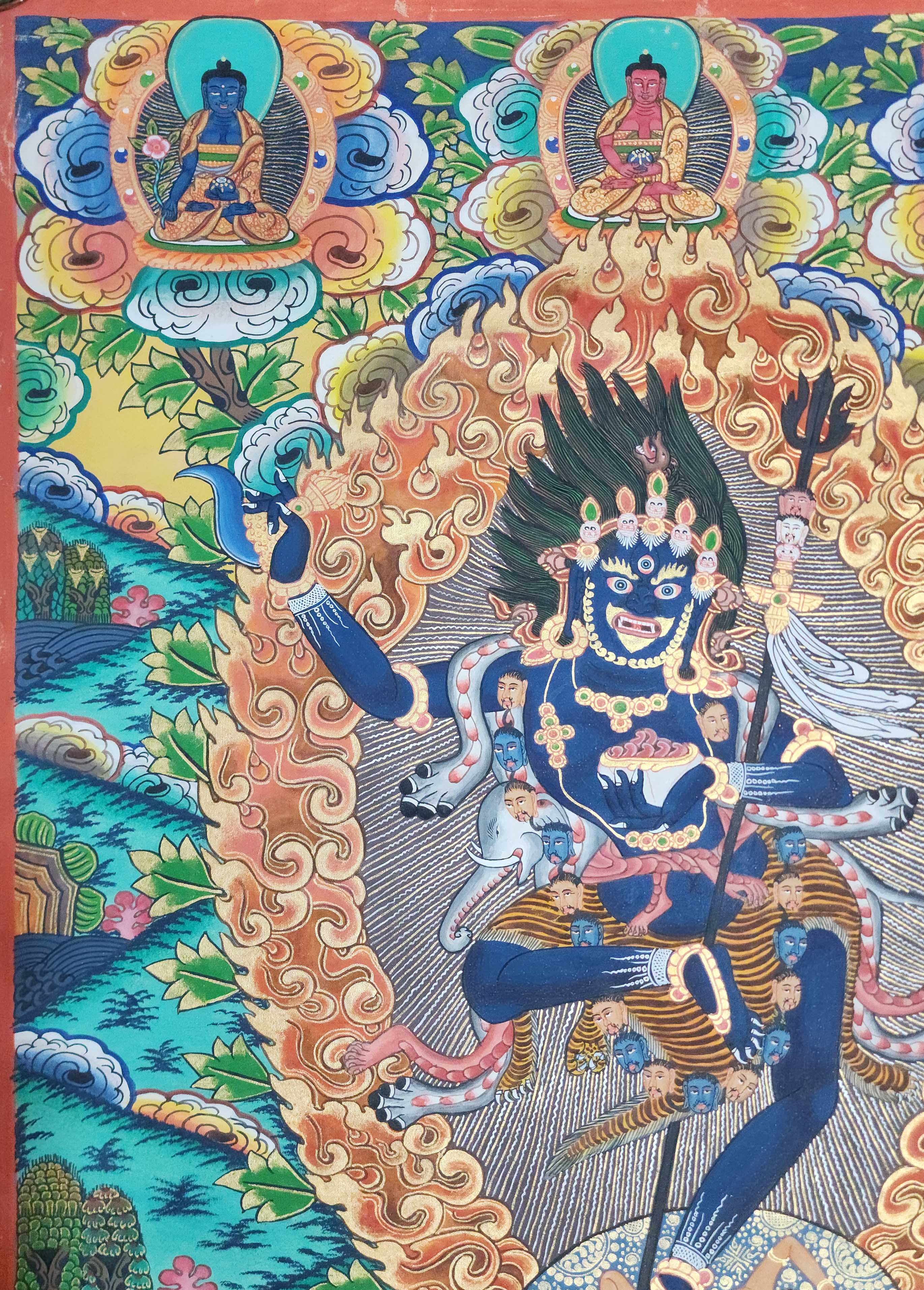 Nairatmya Yogini, Buddhist Traditional Painting, Hand Painted" title="
Nairatmya Yogini, Buddhist Traditional Painting, Hand Painted" title=" Master Quality, Buddhist Traditional Painting, Tibetan Style,
Master Quality, Buddhist Traditional Painting, Tibetan Style, 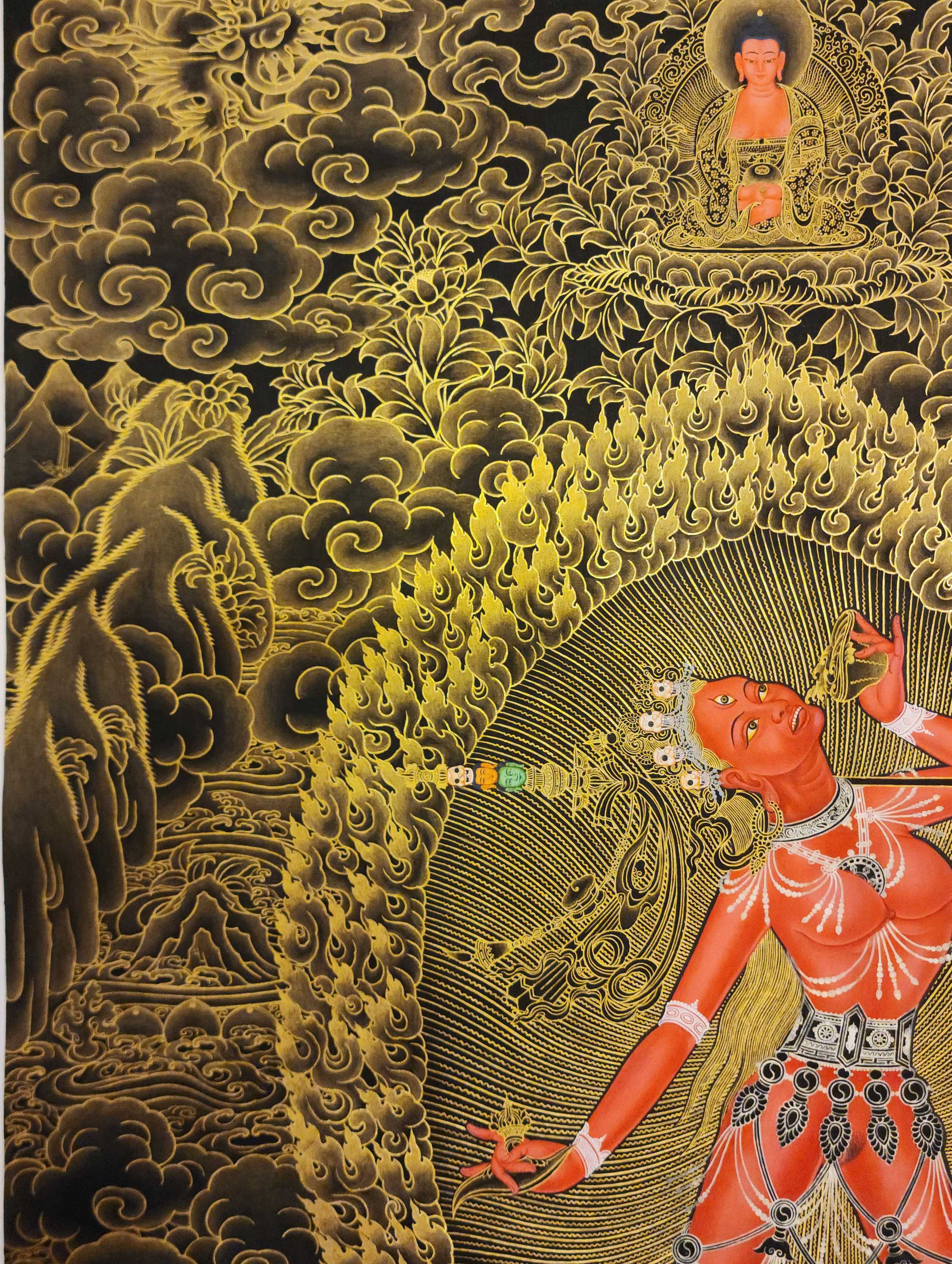 Master Quality, Buddhist Traditional Painting, Tibetan Style,
Master Quality, Buddhist Traditional Painting, Tibetan Style, 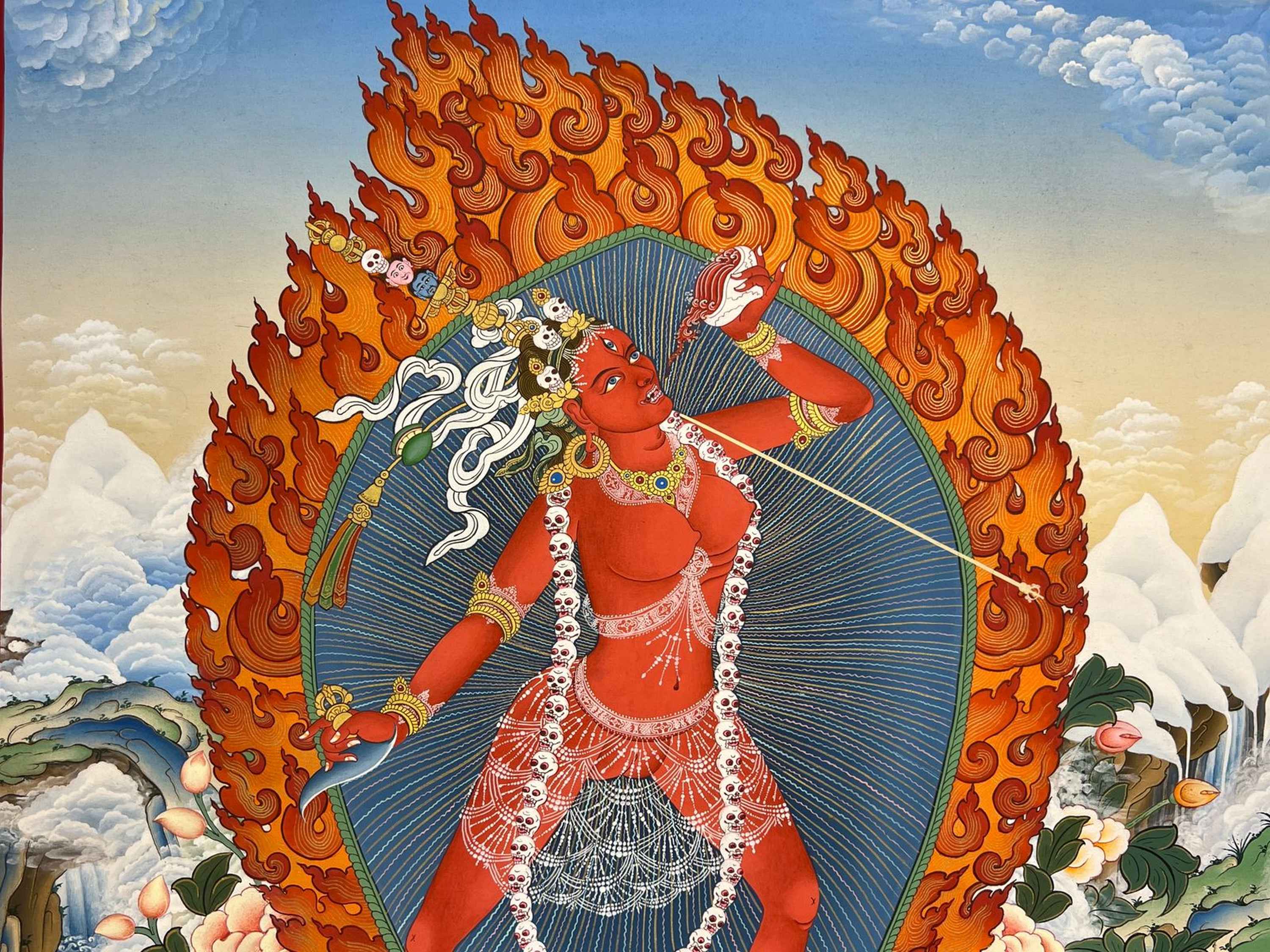 of Vajrayogini,
of Vajrayogini, 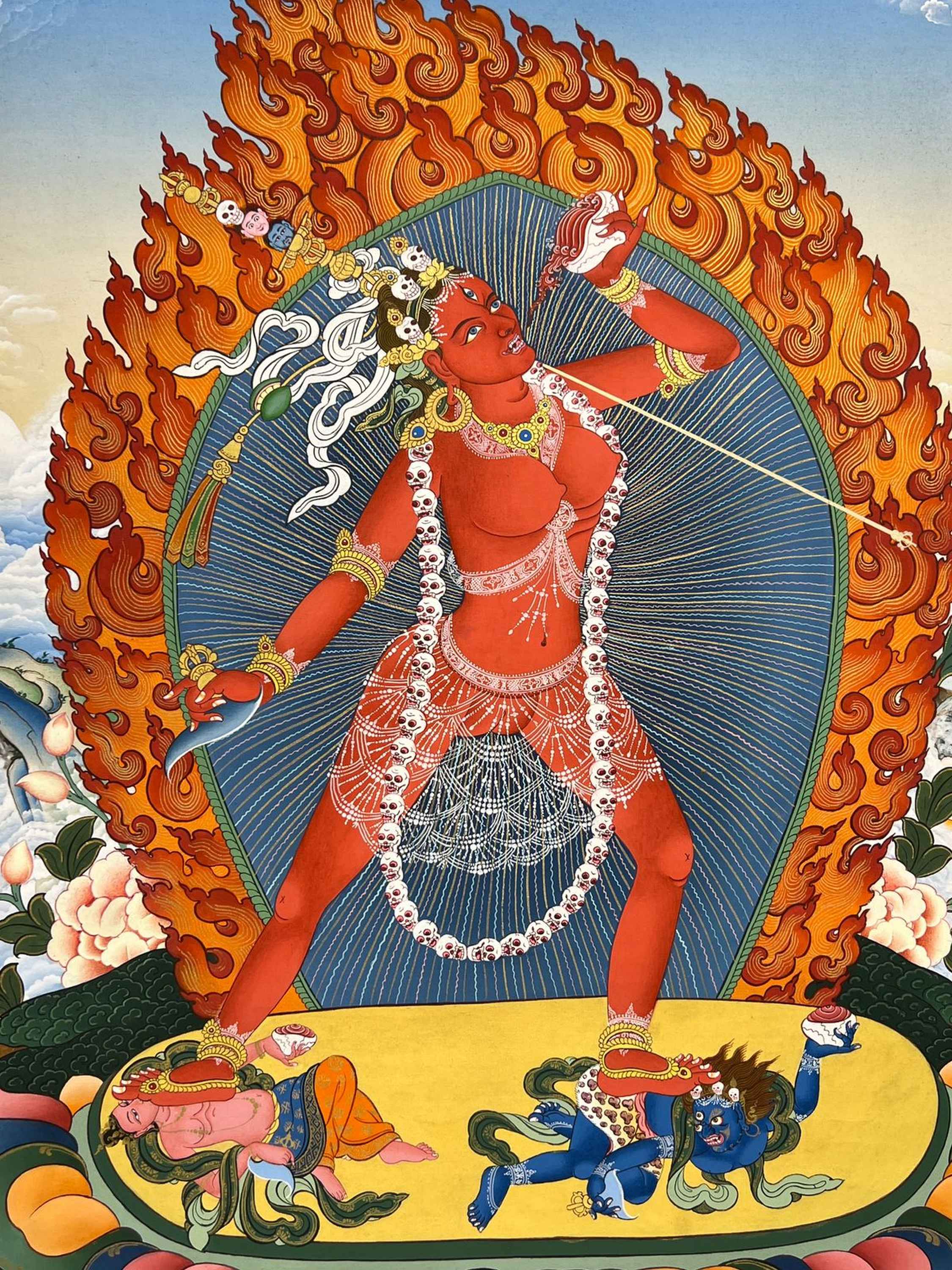 of Vajrayogini,
of Vajrayogini,